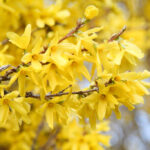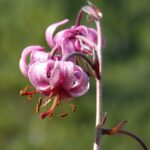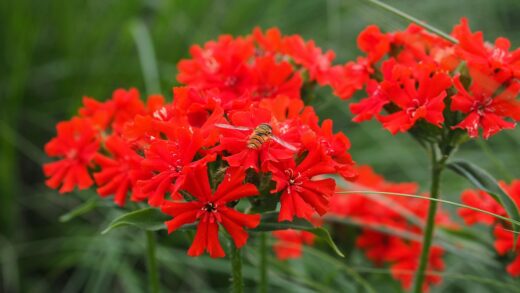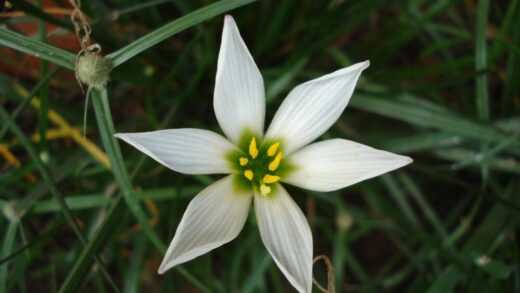The light requirements of the striped squill
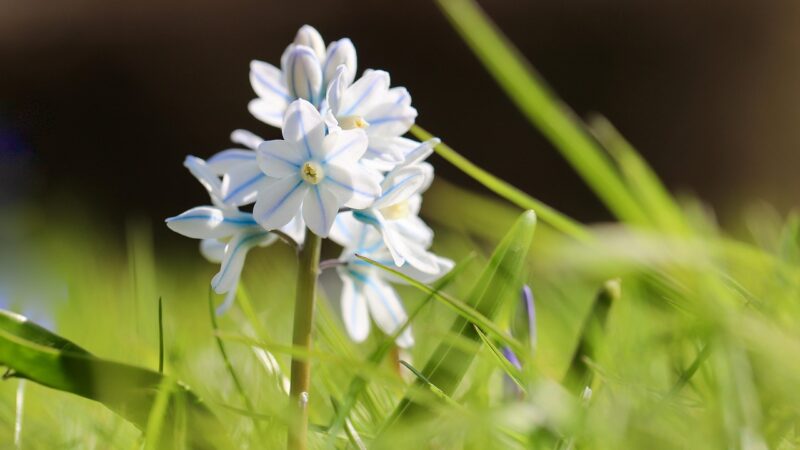
Understanding the light requirements of striped squill is fundamental to situating them for optimal growth and flowering. These spring ephemerals have evolved to capitalize on a specific window of opportunity in their native woodland and meadow habitats. Their preference is for a location that receives full sun to partial shade. This might seem contradictory, but it is directly related to their life cycle and the environment in which they naturally thrive. The “full sun” aspect is most critical during their period of active growth in the early spring. At this time of year, the deciduous trees and shrubs under which they often grow have not yet leafed out, allowing ample sunlight to reach the forest floor.
This unobstructed access to sunlight in late winter and early spring is crucial for the plant to photosynthesize effectively. This process generates the energy required to produce their charming flowers and, just as importantly, to replenish the nutrient stores within the bulb for the following year’s display. Once this crucial period of growth and flowering is complete, the light conditions can change. As the canopy of trees and shrubs fills in, the area becomes shadier, which is also beneficial for the plant.
The increasing shade later in the spring helps to keep the soil cool and moist as the striped squill’s foliage begins to die back and the bulb enters its summer dormancy. This period of drier, shadier conditions protects the dormant bulb from the intense heat and potential desiccation of the summer sun. Therefore, the ideal location is one that undergoes a transition from sun to shade as the seasons progress, perfectly mimicking a deciduous woodland floor.
Choosing a site that provides these changing light conditions is the key to a long-lived and happy colony of striped squill. While they are adaptable and can tolerate less-than-ideal conditions, providing them with their preferred light exposure will result in more vigorous growth, more prolific flowering, and a greater tendency to naturalize and spread over time. This thoughtful placement is a simple step that yields significant rewards.
The importance of early spring sun
The period from late winter to mid-spring represents the entire active growth cycle for striped squill above the ground. During these few short weeks, the plant must emerge, grow its leaves, produce flowers, get pollinated, and store enough energy for the next twelve months. To accomplish all of this in such a compressed timeframe, it requires a significant amount of solar energy. This is why access to direct sunlight during this period is of paramount importance for the health and sustainability of the colony.
More articles on this topic
Planting striped squill in a location that is in deep shade during the early spring will result in weak, leggy growth and a significant reduction in flowering. The plants may produce foliage but lack the energy to form flower buds. Over time, a colony planted in insufficient light will gradually decline and may eventually die out altogether. They simply cannot store enough resources in their bulbs to sustain themselves year after year without adequate spring sunshine.
The ideal planting spots are therefore on the east or south side of deciduous trees, in mixed borders that do not get shaded by evergreen plants, or naturalized in lawns that are not heavily shaded in March and April. These locations are bathed in sunlight during the critical growth phase. The intensity of the sun in early spring is generally not strong enough to scorch the delicate foliage, making full sun exposure during this time perfectly safe and highly beneficial.
This requirement for spring sun also explains why striped squill is an excellent candidate for naturalizing in lawns. The bulbs will have completed their flowering and be well into their energy-storage phase before the lawn typically requires its first mowing of the season. By the time the grass is growing vigorously and needs regular cutting, the squill’s foliage has begun to yellow and die back, signaling that its work for the year is done.
Tolerance for partial shade
While early spring sun is crucial, striped squill is also perfectly content in conditions of partial shade. This makes it a versatile plant for various garden situations. A location that receives at least four to six hours of direct sunlight per day during the growing season is generally sufficient for good performance. This could be an area that gets morning sun and afternoon shade, or one with dappled light filtering through a high tree canopy for most of the day.
More articles on this topic
The ability to thrive in partial shade makes striped squill an invaluable plant for brightening up the areas under deciduous trees and shrubs. These spots in the garden can be challenging for many other plants, but they represent the perfect niche for spring ephemerals. The bulbs will emerge and flower before the woody plants above them cast dense shade, effectively creating two seasons of interest in the same space.
In warmer climates, a location with some partial shade can actually be preferable to one in full, all-day sun. The shade during the hottest part of the day can help to protect the plants from stress, prolong the life of the flowers, and prevent the foliage from yellowing prematurely. The key is balance; the shade should not be so dense that it prevents the plant from receiving the necessary hours of direct light it needs in the morning or early afternoon.
It is important to distinguish between the beneficial partial shade of a deciduous canopy and the deep, year-round shade cast by buildings, walls, or evergreen trees and shrubs. Striped squill will not perform well in the latter. They need that period of direct sunlight to truly flourish. When choosing a partially shaded spot, always consider how the light will change throughout the day and throughout the seasons to ensure the plant’s needs are met.
Site selection for optimal light
Choosing the right planting site is a one-time decision that will impact the success of your striped squill for years to come. The best practice is to observe the light patterns in your garden during the early spring, which is the plant’s active season. Identify areas that receive plenty of direct sunlight in March and April. These are your prime candidate locations for planting the bulbs in the autumn.
Ideal sites include the ground beneath high-branched deciduous trees like oaks, maples, or ashes. The areas around the base of deciduous shrubs such as forsythia, lilac, or viburnum are also excellent choices. Rock gardens, which tend to have good drainage and open exposure in the spring, can provide a perfect habitat. Similarly, planting them in clusters in a perennial border, among later-emerging plants like hostas or daylilies, works very well. The squill will have their moment in the sun and then recede as the perennials grow to fill the space.
Avoid planting striped squill in locations that are shaded by evergreen trees, such as pines or spruces, as these areas will not receive enough light in the spring. Similarly, the north side of a building or a dense wall is generally too shady for them to thrive and flower well. Also, be mindful of areas that may be sunny in the spring but become extremely hot and baked in the summer, as this can be stressful for the dormant bulbs.
When naturalizing striped squill in a lawn, choose an open, sunny area. They will create a beautiful, star-dusted carpet of blue and white in the early spring. It is important to commit to not mowing that area of the lawn until the squill’s foliage has had a chance to yellow and die back naturally, which is typically about six weeks after they finish flowering. Mowing too early will prevent the bulbs from storing the energy they need to survive and bloom the following year.











